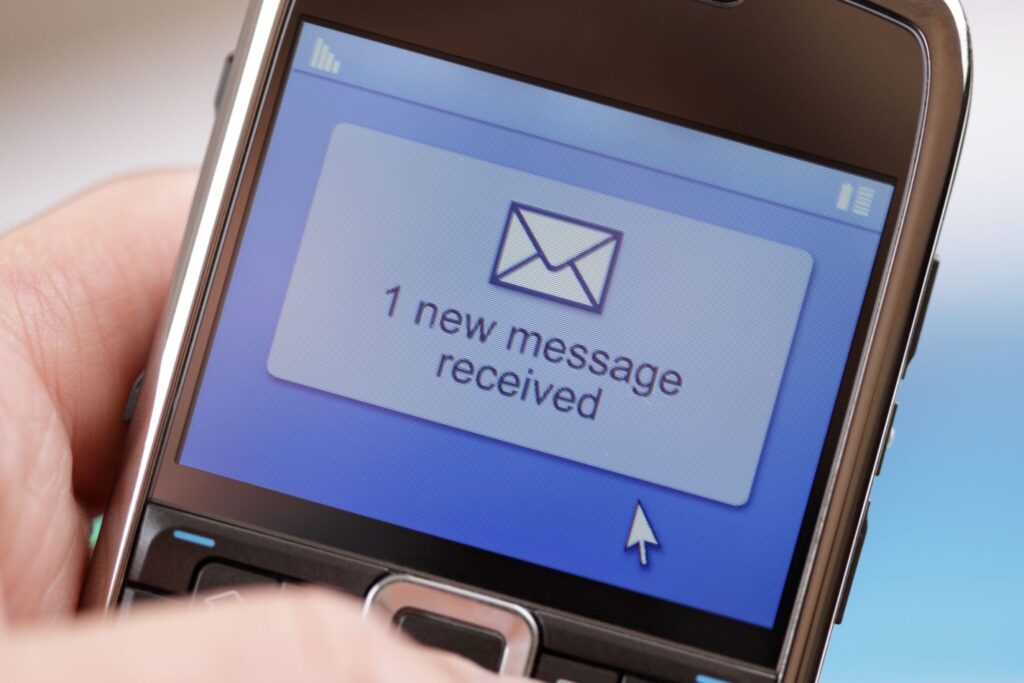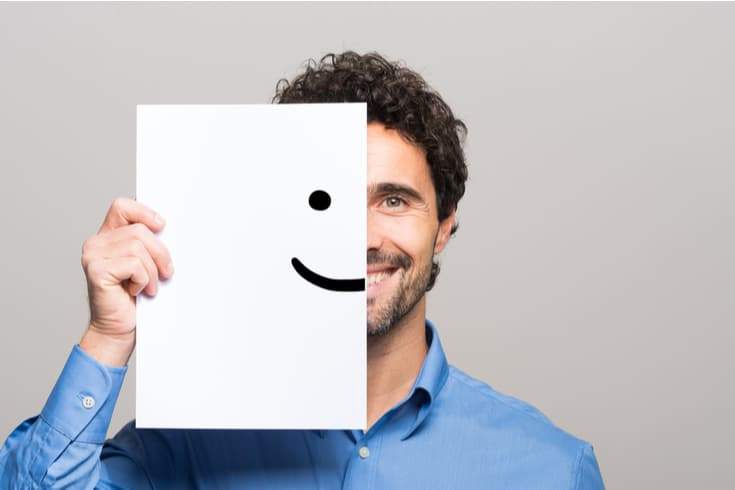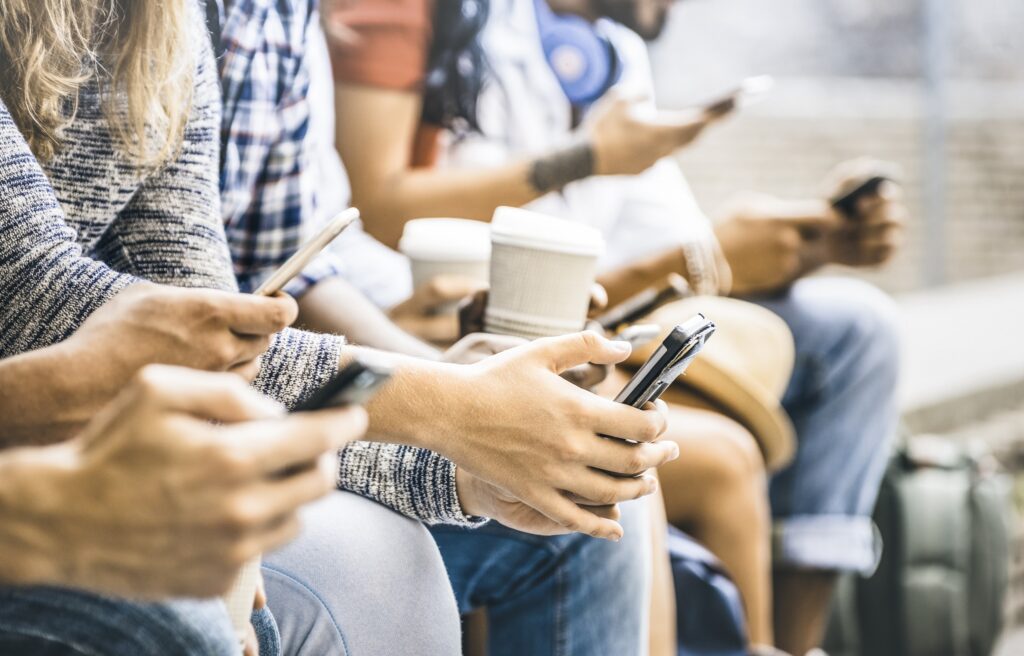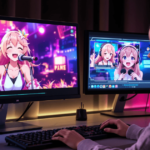Explaining the Criteria and Process for Damages Claims in Cases of Infringement of Portrait Rights

In recent years, with the proliferation of platforms like Instagram, YouTube, and Facebook, anyone can easily post photos and videos. However, this has led to an increase in disputes over ‘portrait rights’, where one’s face or figure is published without permission.
But what exactly are portrait rights? If your or your family’s photos are posted on social media or video sites without you knowing, or if there were any infringing on your portrait rights, how should you respond?
In this article, we will explain the criteria for establishing infringement of portrait rights and how to deal with it.
What is the Portrait Right

The portrait right is the right to assert against the world that one should not be photographed or have their image published without their consent.
Unlike copyright, the portrait right is not explicitly codified in law. However, there is a single precedent that mentions the portrait right.
This case involved a police officer who was charged with obstruction of public duties and assault, a case in which the demonstrators assaulted the officer who was filming the demonstration.
In response to the defense’s argument that the officer’s filming was an illegal execution of duty that violated the defendant’s portrait right, the Supreme Court made the following statement, mentioning the “portrait rights”.
Article 13 of the Constitution states, “All of the people shall be respected as individuals. Their right to life, liberty, and the pursuit of happiness shall, to the extent that it does not interfere with the public welfare, be the supreme consideration in legislation and in other governmental affairs.” This can be interpreted that it stipulates that the freedom of private life of the people should be protected even against the exercise of state power such as police power. And as one of the freedoms of private life of an individual, it should be said that everyone has the freedom not to be photographed without their consent.
Whether this is called the portrait right or not, at least, it must be said that it is not permissible for a police officer to photograph an individual’s appearance, etc., without a legitimate reason, in violation of the spirit of Article 13 of the Constitution.
Supreme Court Decision of December 24, 1969 (Kyoto Student Union Demonstration Case)
The Supreme Court, as stated above, ruled that the “freedom not to be photographed without consent” is guaranteed as one of the “freedoms of private life” based on Article 13 of the Constitution.
Indeed, in case law, it is referred to as the “freedom not to be photographed without consent,” and it does not actively acknowledge calling this freedom the “portrait right,” but it is interpreted as essentially acknowledging the “portrait right.”
The Three Types of “Portrait Rights”
There are said to be three types of “portrait rights”.
① The right not to be photographed without consent
② The right not to have photographs taken or portraits created used without consent
③ The right to protect the personal financial interest in the use of one’s portrait
Generally, ① and ② are considered as part of the privacy rights, and ③ is referred to as the publicity rights.
When an ordinary individual’s face (portrait) is posted on the internet without their consent, the “discomfort” they feel is likely due to their personal information, their face photo, being publicized against their will.
Therefore, for ordinary individuals, the “portrait rights” can be said to be the right to refuse “photography” and “publication”.
In the case of celebrities, while the protection of the portrait right from the perspective of the privacy right is more lenient than for ordinary individuals, there may be cases where the portrait rights is violated from the perspective of the publicity rights.
What is the Privacy Right?
There is debate over the definition of the privacy right, and there are few cases in which a clear definition is established in precedents.
However, in case law, the privacy right is widely recognized as the “right not to have information about oneself published without consent”.
Furthermore, due to the nature of the right, the privacy right is generally recognized only for natural persons and not for corporations.
What is the Publicity Right?
The portraits and names of celebrities and athletes are extremely effective when used in advertising and promotion.
These portraits and names can have economic value because they can be expected to attract customers to the products and services offered by companies.
Therefore, when the portraits and names of celebrities and athletes have economic value, the right of these celebrities and athletes to control their own economic value is called the “publicity right”.
Portrait Rights Infringement on Social Media
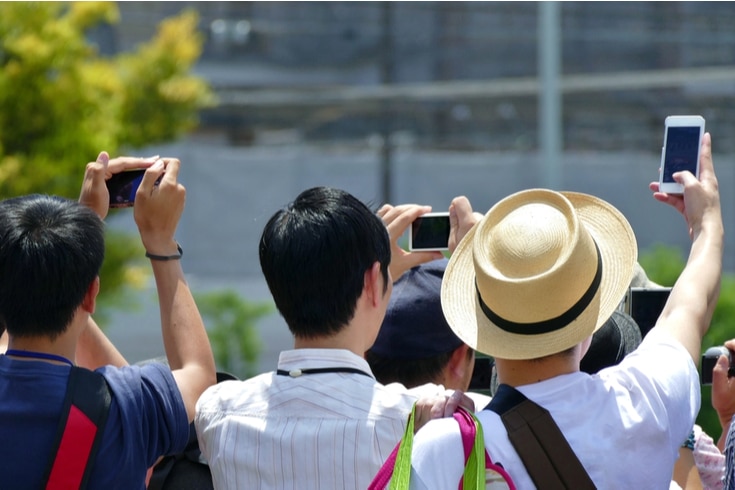
We live in a convenient information society where social media is widespread and anyone can disseminate information to the entire world.
However, on the flip side, there has been an increase in the number of cases of portrait rights infringement on social media platforms such as Twitter, Facebook, Instagram, and YouTube.
If your or your family’s face photos or names are indiscriminately made public by others, how should you respond? We will discuss this in detail below.
Note that some social media tools allow you to report inappropriate posts to the administration through form submissions or emails.
Can You Claim Damages for Infringement of Portrait Rights?
Infringement of portrait rights, like invasion of privacy, is not punishable under the criminal law. This is because there is no provision in the criminal law for a “crime of infringement of portrait rights”.
However, even if no criminal liability arises, civil liability can arise, and it is possible to make a claim for damages based on the tort of Article 709 of the Japanese Civil Code.
Any person who intentionally or negligently infringes the rights of another person or interests protected by law shall be liable to compensate for the damage caused thereby.
Article 709 of the Japanese Civil Code (Damages for Tort)
Furthermore, if the infringement of portrait rights occurs online, it is also possible to request the removal or cessation of the relevant article.
Criteria for Infringement of Portrait Rights
In the information society we live in, it is crucial to understand whether the unauthorized use of your or your family’s photos on the internet constitutes an infringement of portrait rights, and what criteria are used to determine such infringement.
Various circumstances are considered when determining whether an infringement of portrait rights has occurred. While it is difficult to establish clear criteria, you should specifically check the following:
- Whether the photo was taken or published for a public interest purpose, such as for news reporting
- Whether the photo was taken or published for crime prevention purposes
- Whether the photo was taken or published in a private living space, or in a public place such as a park or public road
- Whether the photo is detailed enough to identify the person, or whether the subject is too small to identify, or whether the photo was taken or published in a way that prevents identification, such as by pixelating it
In particular, in cases of infringement of portrait rights on the internet, the location where the image was posted and how it was captured are important factors in the decision.
Ability to Identify Your or Your Family’s Faces
If your or your family’s faces can be identified, there is a high likelihood that an infringement of portrait rights will be admitted. Conversely, if the image is blurred or pixelated and cannot be identified, it will not constitute an infringement of portrait rights.
You or Your Family are the Main Subjects
If you or your family are the main subjects in the photo, it is easier for an infringement of portrait rights to be admitted. On the other hand, if the landscape or other elements are the main focus, it is less likely to be considered an infringement of portrait rights.
Published in a Place with High Potential for Dissemination

For example, on social media platforms where there is a high potential for dissemination and the image and therefore can be viewed by an unspecified number of people, it is easier for an infringement of portrait rights to be recognized.
No Consent for Photography or Publication
Infringement of portrait rights occurs when there is no consent from the subject. If the subject, who is the rights holder, has given permission for the photography or publication, it will not constitute an infringement of portrait rights.
However, it is important to note that separate consent is required for photography and publication. Even if consent for photography has been given, unauthorized publication without any consent for publication can constitute an infringement of portrait rights, so it is important to keep this in mind.
Photographed in an Unpredictable Location
The judgment can also vary depending on where the photo was taken.
In places like tourist facilities or event venues, where it is sufficiently predictable that filming may occur with devices like TV cameras, it would be difficult to claim an infringement of portrait rights even if you appear in the shot.
Examples of Lawsuits Seeking Damages for Infringement of Portrait Rights
Let’s look at two specific examples of cases where infringement of portrait rights has been recognized.
Case of Posting a Photo of a Woman Walking in the City on a Website

This is an example where a photo of the plaintiff, who was walking around Ginza, was taken without permission for the purpose of introducing the latest street fashion in Tokyo.
In this case, the defendant’s posting of the photo on the website they manage was recognized as an infringement of portrait rights, and the claim for damages was accepted.
The woman was wearing a Dolce & Gabbana outfit that was exhibited at the Paris Collection, with a large red “SEX” design on the chest.
When this photo was released, links were posted from multiple threads on 2channel, and vulgar slander against the plaintiff was written, such as “Don’t try too hard, old lady, don’t you ever show your bra, it’s disgusting,” and “Found a sexy woman wearing a shirt with ‘SEX’ written on it!”
Not only that, the photo, which was downloaded and duplicated from the website in question, was posted on a personal website and was spread.
The woman, who was unaware that she had been photographed, was informed by a friend that her photo had been posted and she was being slandered, and she immediately protested, so the photo was removed from the site.
However, links were posted to the pages of the photos that had been downloaded and duplicated on individual websites, and slander against the plaintiff was repeated.
In the lawsuit where the woman sought damages, the court made the following statement and admitted the woman’s claim for damages.
Anyone has a personal interest in not having their appearance or posture photographed or their portrait photos published without a reason as a freedom in their private life, and this is understood to be legally protected as portrait rights.
In considering whether the taking and posting of the photo in question infringes on the plaintiff’s portrait rights, the photo in question focuses on the plaintiff’s full body image and clearly captures her appearance, and moreover, the word “SEX” was designed on the chest of the clothes the plaintiff was wearing, so it is recognized that if a general person knew that such a photo was taken, they would feel a psychological burden and would not want such a photo taken or posted on a website.
Tokyo District Court, September 27, 2005 (Heisei 17) Judgment
Case of Taking a Photo of a Defendant in Court and Posting it in a Weekly Magazine
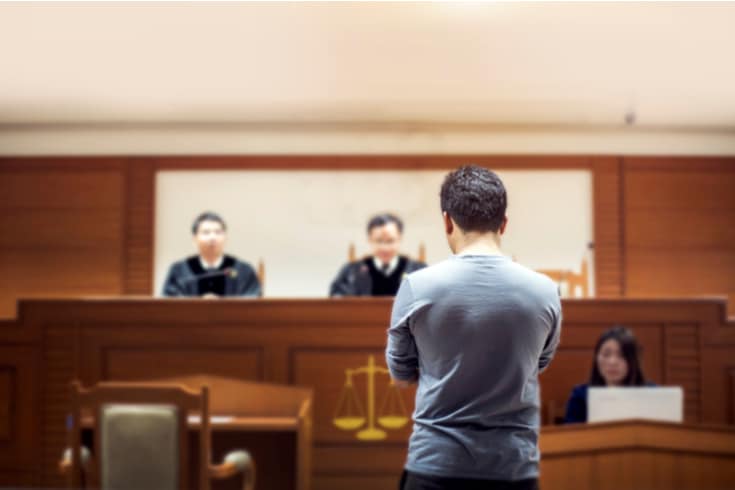
In the courtroom of the “Wakayama Poisoned Curry Case,” a cameraman from the magazine “Focus” brought in a hidden camera when the suspect’s detention reason disclosure procedure was conducted.
Without obtaining permission from the court and without the suspect’s consent, the suspect’s appearance and posture were photographed for the purpose of reporting the suspect’s movements in the criminal proceedings, and this photo was published in the above-mentioned magazine.
The woman who was a suspect at the time filed a lawsuit seeking damages for infringement of portrait rights.
In this lawsuit, the plaintiff won in the first instance, lost in the appeal, and the case went all the way to the Supreme Court. The Supreme Court made the following statement, indicating the standard for infringement of portrait rights.
Anyone has a personal interest that should be legally protected from being photographed without a reason (Supreme Court Showa 40 (a) No. 1187, same 44 December 24, Grand Bench Judgment, Criminal Collection 23 Volume 12 No. 1625 page reference). However, there are cases where the photographing of a person’s appearance, etc. should be permitted as a legitimate news gathering activity, etc., and whether the photographing of a person’s appearance, etc. without their consent is illegal under tort law should be determined by comprehensively considering the social status of the person being photographed, the content of the activities of the person being photographed, the location of the photographing, the purpose of the photographing, the manner of the photographing, the necessity of the photographing, etc., and whether the infringement of the above-mentioned personal interest of the person being photographed exceeds the limit of tolerance in social life.
Supreme Court, November 10, 2005 (Heisei 17) Civil Collection 59 Volume 9 Page 2428
Also, it is reasonable to understand that anyone has a personal interest in not having their photographs published without reason, and in cases where the photographing of a person’s appearance, etc. is evaluated as illegal, the act of publishing a photograph in which the person’s appearance, etc. has been photographed should be considered as infringing on the above-mentioned personal interest of the person being photographed and should be considered as having illegality.
Dealing with Portrait Rights Infringement and the Process of Claiming Damages
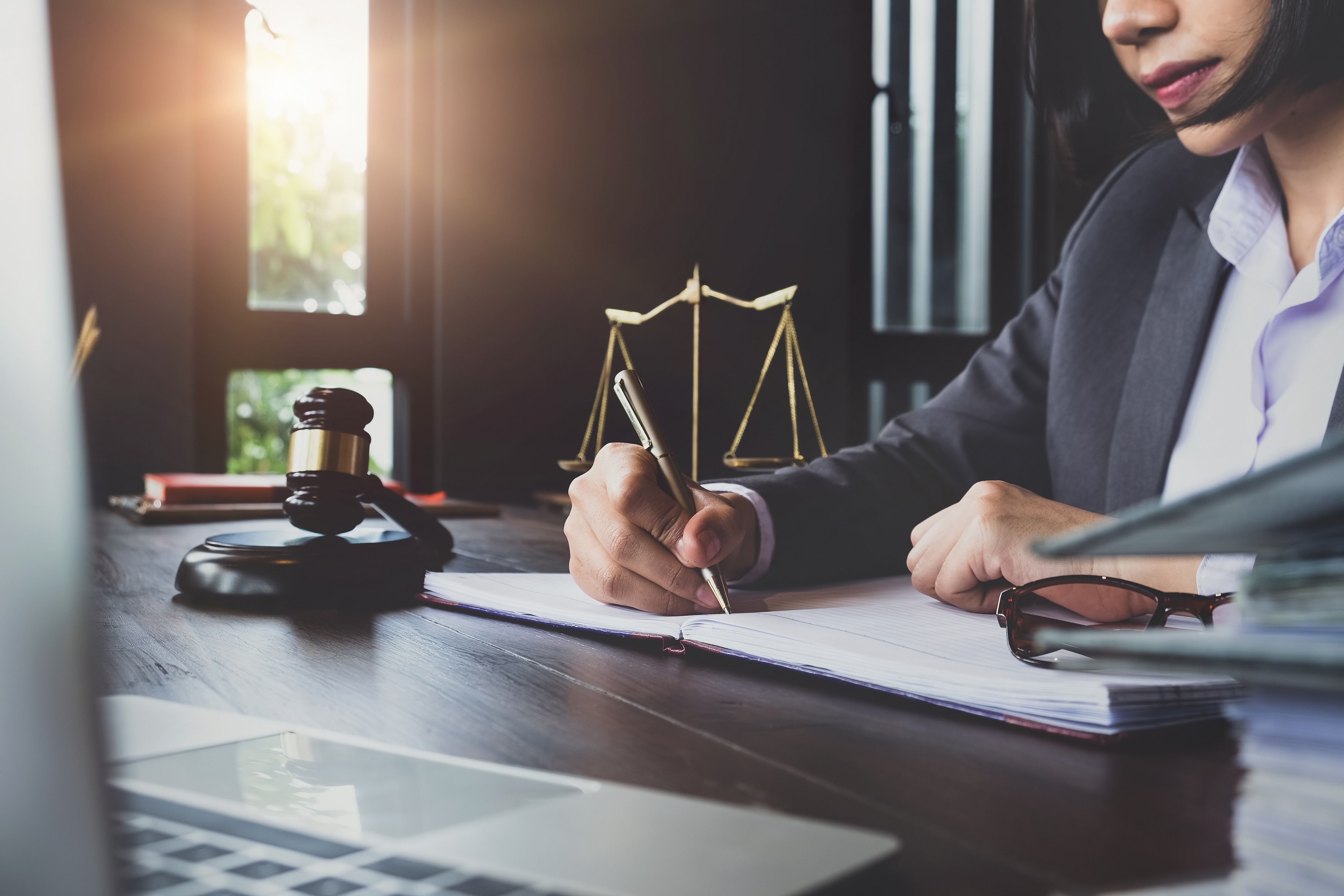
With the proliferation of social media platforms like Instagram and Facebook, various types of content are now exposed to the public eye via the internet. However, this has also led to an increase in disputes.
So, what should you do if you become a victim of portrait rights infringement? Here are three steps you can take.
Requesting Removal from the Operating Company or Administrator
If your photos or videos are posted online without your permission, it’s crucial to have them removed as soon as possible to prevent further damage. If you don’t know the person who posted, you can request removal from the site’s operating company or administrator.
A removal request is a demand to stop the poster’s wrongful actions by asking for the removal of the offending content. Before the content spreads, you need to request the removal of the content from the website operator who manages the platform where it was posted.
Some websites provide dedicated forms for removal requests. If such forms are not available, you can apply for a removal request via the email address or contact form provided on the website.
If you cannot achieve removal through these negotiations, you may need to seek removal through a court procedure known as a provisional disposition.
Filing a Civil Lawsuit
While it’s not possible to penalize portrait rights infringement under the Japanese criminal law, it is possible to hold the infringer accountable under civil law.
In such cases, the infringement may constitute a tort under Article 709 of the Japanese Civil Code, and you can file a lawsuit to request the removal of the content, an injunction, and even claim damages for emotional distress.
Consulting a Lawyer
If you fall victim to portrait rights infringement, it’s necessary to take appropriate measures such as provisional dispositions through the court to prevent further damage. If you don’t know who posted the photo, you’ll also need to take steps to identify the individual.
However, many operating companies and administrators do not respond to removal requests made by individuals. If the poster is a friend or someone close to you, it could negatively affect your personal relationships.
Furthermore, if your removal request is not complied with, you’ll need to seek removal through a provisional disposition procedure in court. Even if you try to make a stoppage request or claim damages on your own, you may be ignored or have your claim significantly reduced.
To swiftly carry out these procedures, we recommend consulting with a lawyer who is experienced in handling online disputes. Acting under their guidance and judgment can help protect your and your family’s privacy.
Conclusion: Consult a Lawyer for Claims of Damages Due to Infringement of Portrait Rights

Portrait rights, due to the development of SNS, are rights that anyone can infringe upon or be infringed upon. Therefore, if you notice that your portrait rights have been violated, consult a lawyer immediately.
An experienced lawyer with specific know-how can take all measures considering individual circumstances. Even in the case of voluntary negotiations, appointing a lawyer as your representative increases the likelihood of your demands being met.
Consult a lawyer as soon as possible and resolve the issue promptly before it spreads. This will protect your and your family’s privacy.
Introduction to Our Firm’s Measures
Monolith Law Office is a legal office with high expertise in both IT, particularly the internet, and law. In recent years, overlooking information related to reputational damage and slander spread on the internet can lead to serious harm. Our firm provides solutions for managing reputational damage and online crises.
Category: Internet

